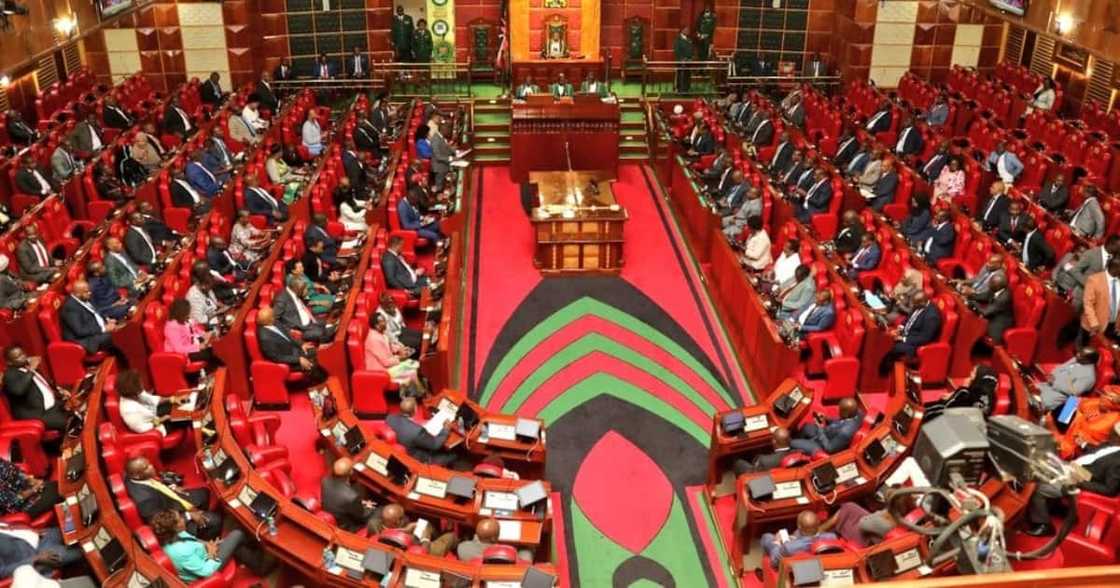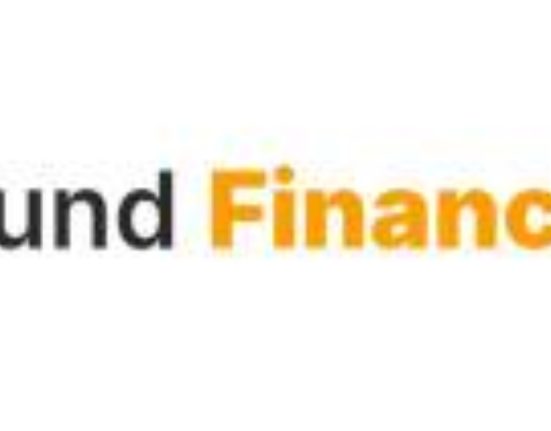- Kenya’s National Treasury plans to increase the Fringe Benefit Tax (FBT) from the current 9% to 30%, at par with corporate tax
- FBT is subject to additional employee benefits such as low-cost loans, company vehicles and non-cash rewards
- FX Pesa lead market analyst Rufas Kamau warned that raising FBT could deter companies from offering fringe benefits
TUKO.co.ke journalist Japhet Ruto brings over eight years of experience in financial, business, and technology reporting, offering profound insights into Kenyan and global economic trends.
Kenya’s National Treasury has proposed to triple the tax on employee welfare benefits from 9% to 30%.

Source: Twitter
Currently, the rate is set by the Kenya Revenue Authority (KRA) quarterly, depending on the market rates.
However, the exchequer seeks to align the Fringe Benefit Tax (FBT) with the corporate tax rate, setting it at 30%.
“The rate of tax on fringe benefits provided by an employer shall be the resident corporate rate of tax for that year of income,” the Finance Bill, 2025 states.
How FBT is imposed in Kenya
According to KRA, employees who get additional welfare benefits, such as low-cost loans, on top of their salaries, are subject to the FBT.
“The prescribed rate of interest is based on the market lending rates as the commissioner may prescribe every quarter of the year,” the taxman stated.
In Kenya, any payments given by an employer to an employee are considered taxable employment income.

Source: Facebook
These include salaries, bonuses, and any perks that are obtained or enjoyed while working.
The difference between the market interest rate and the actual interest paid on the loan is the taxable value for FBT.
The tax is due for as long as the loan is outstanding if the loan term extends past the date of employment termination.
FBT must be paid by the ninth of the subsequent month. It is levied on the assessable value of a fringe benefit provided by the employer in a given month.

Read also
Finance Bill 2025: Kenyan govt orders employers to apply all tax reliefs in PAYE deductions
What’s the impact of increasing FBT?
FX Pesa lead market analyst Rufas Kamau noted that fringe benefits are non-cash perks or advantages that workers enjoy as part of their job but are not covered by their regular pay.
“Company vehicles, housing allowances, health insurance, educational support, and other non-cash rewards are a few examples of fringe benefits,” he told TUKO.co.ke.
The financial expert warned that raising FBT could discourage companies from offering fringe benefits, or they could reduce them.
“This could result in reduced benefits for employees, impacting their income and overall job satisfaction,” he added.
What’s the base lending rate?
In other news, following a meeting of the Monetary Policy Committee (MPC), the Central Bank of Kenya (CBK) lowered the base lending rate by 0.75%.
Kamau Thugge, the chairman of the MPC and governor of CBK, declared that the action would boost bank lending and promote economic expansion.

Read also
KRA warns betting firms with pending payments: “Operating licences will expire on June 30”
The central banks of the main economies had decreased interest rates, Thugge disclosed, although at different rates depending on GDP and inflation forecasts.
The governor pointed out that although average lending rates had been steadily declining since December 2024, private-sector credit growth had slowed.
Proofreading by Mercy Nyambura, copy editor at TUKO.co.ke.
Source: TUKO.co.ke








